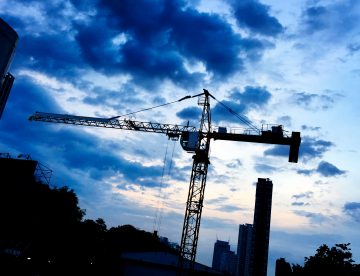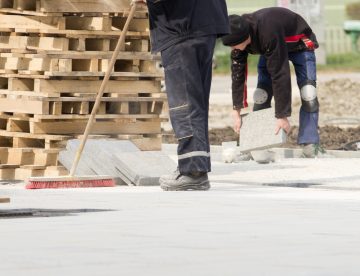
While cleaning up might seem like a secondary concern on a bustling construction site, taking the time to remove scrap materials, dispose of debris properly and store tools securely is crucial. These practices aren’t just about keeping things tidy; they’re essential for preventing accidents, injuries and environmental hazards.
In many cases, incidents involving slips, trips and falls could have been prevented if the site had simply followed better housekeeping practices. Take note of some top tips in this week’s blog.
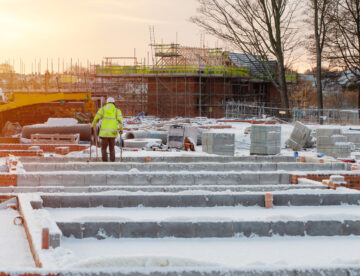
After a few chilly early mornings and, as we’re likely heading into the coldest months of the year, it’s time once again for the construction industry to brace itself against the full impact of winter.
Working outdoors in rain, snow, ice, fog or wind can be harsh, however there are practical solutions which can help ensure such work is carried out productively and that every site worker stays safe and healthy. Take just a few minutes out of your day to read this week’s blog, where we’re sharing three strategies for weatherproofing the construction site.
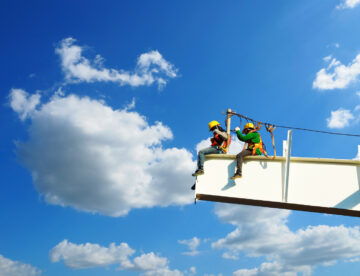
According to the Health and Safety Executive (HSE), almost one in five deaths in the construction industry involves roof work, the most common causes being falls from roof edges or through fragile surfaces.
The saddest thing about this statistic is that a great many of these accidents could have been avoided through the implementation of proper safety measures – using the correct equipment and ensuring workers receive adequate information, instruction, training and supervision. Take a moment to read this week’s blog for some key safety tips.
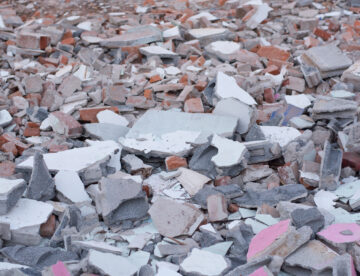
In a single year, the UK generates 67.8 million tonnes of non-hazardous Construction and Demolition waste, a figure that represents 62% of the nation’s total waste output.
This waste is made up of all kinds of products – concrete bricks, tiles, ceramics, insulation, wood, glass, plastic, bituminous mixtures, cement, gypsum, paints, varnishes, soil, stones, coal, tar, cables, pipes, adhesives and sealants – to name a few!
While much of this is recovered, taking action to reduce construction waste has proven to be good, not only for the environment, but also for business. Keep reading to find out more…
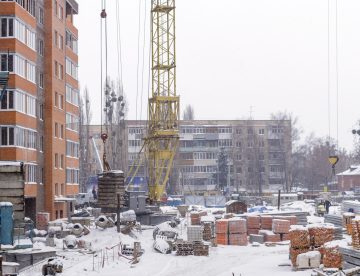
The recent cold snap is a reminder to us that working outdoors in such conditions is not exactly the most pleasant thing any of us could be doing and that, once again, it’s time for our industry to brace itself for the winter months ahead.
During these months, we all need to be aware of the potential hazards that come with harsher weather, recognise that some tasks could take longer to complete and be prepared to make adaptations when planning work activities.
If you’re working on site this winter, here’s our handy guide to surviving the cold.

If you’ve been working on a construction site in Britain for a while then it’s very likely you’ll have the had many experiences of working in rainy conditions.
While the odd shower isn’t so bad, persistent rain can result in some pretty unpleasant working conditions on site (and in other outdoor working environments). As well as posing a number of risks associated with workers getting cold and wet, rain can increase the chances of people falling victim to other hazards like slips, falls and accidents caused by poor visibility.
As we’ve had a few Autumnal downpours over the past few days, in this week’s blog, we’re talking about the dangers associated with working in rain and what steps can be taken to stay safe.

While holidaymakers in the UK may be enjoying the recent heatwave, construction workers and others who mostly work outside may be finding the weather slightly more uncomfortable.
With temperatures heading above into the mid-30°Cs, some forecasters are warning that by Sunday, we could exceed the UKs record for the hottest day (which was 38.7°C in July 2019). Added to the fact that the heatwave is expected to continue for at least another eight days, the Met Office have issued an Amber weather warning for extreme heat, meaning that it could result in travel disruption, serious illness and even danger to life.
To help everyone stay safe and well, we’re focusing today’s blog on the health impacts of hot weather and what you can do to avoid them.
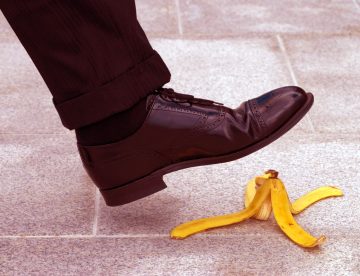
A few weeks ago, we published a blog with some tips about managing and improving something that plays a huge part in every construction project – quality. We looked at how important it is to set out goals, carry out tons of forward planning, create work lists for each and every phase of a project, make inspection plans and to monitor, review and learn from every experience.
However, even with the very best intentions to keep on top of all of this, once a project is underway those intentions can be slipped up and brought to the ground by unexpected obstacles or even by a single mistake that compromises quality and/or safety. As a follow up to our previous blog, today we’re delving into four key factors than can cause such a fall – Systems and audits, Changes, Materials and suppliers, and Human error.
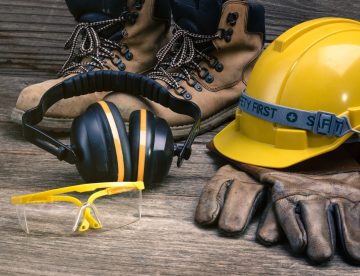
Over the past two years, the term PPE has become a big part of our everyday language, most often associated with the kind of face coverings we’ve all used during the coronavirus pandemic.
But, now that COVID seems to have moved out of the media spotlight, perhaps it’s a good time to remember that PPE (personal protective equipment) has always meant much more to the construction industry.
In this week’s blog, we’re looking at five key areas of the body that especially require protection (head, face/eyes, ears, hands and feet) and sharing some tips on how to select and properly use the necessary PPE.

